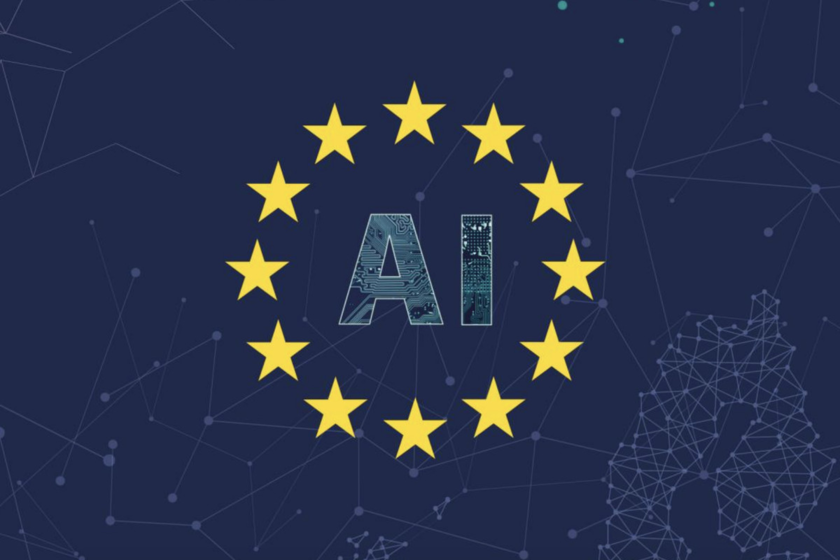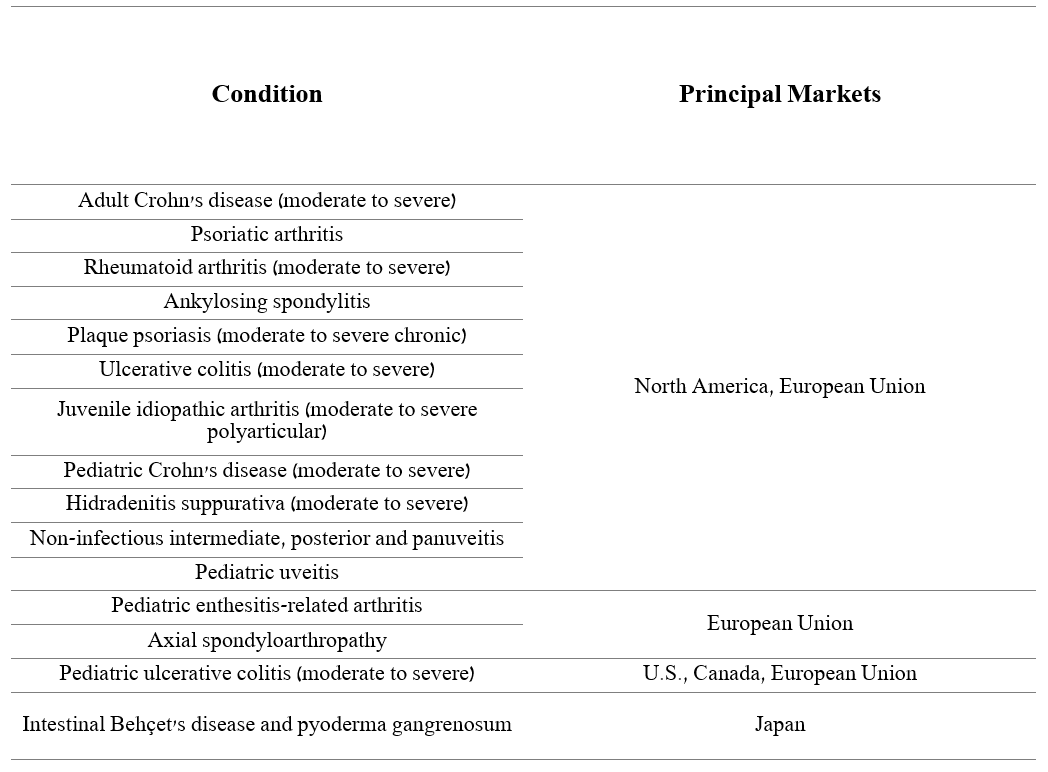AI Regulation Showdown: Europe Stands Firm Against Trump Administration Pressure

Table of Contents
The EU's Proactive Approach to AI Regulation
Europe has taken a proactive and comprehensive stance on AI regulation, prioritizing ethical considerations and robust oversight. This contrasts sharply with the more laissez-faire approach adopted by previous US administrations. The cornerstone of the EU's strategy is the ambitious AI Act.
The AI Act: A Deep Dive
The proposed EU AI Act represents a groundbreaking attempt to create a unified regulatory framework for AI across the bloc. This landmark legislation utilizes a risk-based approach, categorizing AI systems based on the potential harm they could cause. This "risk assessment" is crucial in determining the level of regulatory scrutiny each system faces. The Act focuses heavily on "high-risk AI systems," imposing stricter requirements on their development, deployment, and oversight.
- Examples of high-risk AI systems: Biometric identification systems used by law enforcement, AI-powered credit scoring algorithms that can impact access to financial services, and critical infrastructure management systems.
- Penalties for non-compliance: The AI Act proposes substantial fines for organizations that fail to comply with its provisions, potentially reaching millions of euros, depending on the severity of the violation. This creates a powerful incentive for businesses to prioritize AI safety and ethical considerations.
Ethical Considerations at the Forefront
The EU's approach to AI regulation places a strong emphasis on "ethical AI." This means incorporating principles of fairness, accountability, and transparency into the design, development, and deployment of AI systems. The goal is to minimize bias, ensure explainability ("explainable AI" or XAI), and promote responsible innovation.
- Ethical guidelines and initiatives: The EU has invested in numerous initiatives promoting responsible AI development, including ethical guidelines for AI developers and the establishment of independent ethics boards to oversee the use of AI in critical sectors.
- Human oversight and AI ethics boards: The AI Act emphasizes the importance of human oversight in high-risk AI systems, ensuring that human judgment remains a critical component of decision-making processes. Independent ethics boards play a crucial role in monitoring the ethical implications of AI applications and providing recommendations for best practices.
The Trump Administration's Laissez-Faire Approach (Contrast)
In stark contrast to the EU's proactive approach, the Trump administration largely favored a hands-off approach to AI regulation. This "light-touch regulation" or even "deregulation" philosophy prioritized industry self-regulation over stringent government oversight.
Limited Federal Regulation
The Trump administration notably lacked a comprehensive federal regulatory framework specifically addressing AI. This contrasted sharply with the EU's ambitious AI Act and other international efforts to establish ethical guidelines and safety standards for AI technologies.
- Examples of limited policy: The administration focused primarily on promoting AI development through funding initiatives and encouraging private sector innovation, rather than imposing extensive regulatory controls.
- Criticisms of this approach: Critics argued that this laissez-faire approach risked neglecting crucial ethical concerns and potentially leading to the unchecked deployment of harmful AI systems. This concern centered on the lack of accountability and the potential for algorithmic bias to exacerbate existing societal inequalities.
Industry Self-Regulation vs. Governmental Oversight
A key point of contention in the AI Regulation Showdown is the debate between industry self-regulation and government oversight. The US, under the Trump administration, leaned heavily on self-regulation, while the EU advocates for strong governmental oversight.
- Arguments for self-regulation: Proponents argue it fosters innovation and allows industries to develop their own best practices, potentially leading to more efficient and tailored solutions.
- Arguments for government oversight: Conversely, advocates for government oversight emphasize the need for accountability, transparency, and protection against potential harms arising from the misuse of AI technologies. They warn against "regulatory capture," where industry interests unduly influence regulatory bodies. The potential consequences of inadequate oversight include widespread bias, discrimination, and the erosion of public trust.
The Impact of the "AI Regulation Showdown" on Global AI Development
The contrasting approaches to AI regulation between Europe and the US are having a profound impact on the global AI development landscape.
Setting a Global Standard
The EU's ambitious AI Act has the potential to set a global standard for AI regulation. Its risk-based approach and emphasis on ethical considerations could influence other countries' regulatory frameworks.
- Race to the bottom or global convergence?: The EU's strong stance could prevent a "race to the bottom," where countries compete to attract AI businesses by offering minimal regulation. It could instead push for a global convergence towards stricter regulations.
- Impact on international collaborations and data flows: The differing regulatory environments could impact international collaborations, data sharing, and the flow of AI technologies across borders. "Data sovereignty" becomes a key concern.
Innovation vs. Regulation
A central concern in the AI regulation debate is the potential tension between fostering innovation and ensuring responsible AI development.
- Arguments for and against stricter regulation: Some argue that strict regulations stifle innovation, while others contend that responsible AI development requires robust oversight to mitigate potential risks.
- Successful regulatory frameworks promoting both innovation and safety: Examples of successful regulatory frameworks demonstrate that it is possible to balance innovation with safety. These provide models for designing regulations that don't hinder technological progress while safeguarding societal well-being.
Conclusion: The Future of the AI Regulation Showdown
The fundamental differences in approach between the EU and the US, particularly during the Trump administration, highlight a crucial juncture in the development of AI. Europe's unwavering commitment to stringent AI regulation, embodied in the AI Act, prioritizes ethical considerations and responsible innovation. The legacy of this AI Regulation Showdown will likely shape the global AI regulatory landscape for years to come. Understanding the implications of the EU's AI Act and the ongoing debate surrounding AI regulation is critical. Stay informed about the evolving AI regulation debate and the future of AI regulation to participate in this crucial discussion. Learn more about the EU AI Act and its potential impact on the global AI regulatory landscape. The future of AI depends on informed and engaged participation in this crucial discussion.

Featured Posts
-
 Abb Vies New Drugs Fuel Sales Growth And Increased Profit Forecast
Apr 26, 2025
Abb Vies New Drugs Fuel Sales Growth And Increased Profit Forecast
Apr 26, 2025 -
 Tv Show Features Daughters Of Amanda Holden And Tess Daly In Desert Island Setting
Apr 26, 2025
Tv Show Features Daughters Of Amanda Holden And Tess Daly In Desert Island Setting
Apr 26, 2025 -
 Lady Olive A Historical Account Of A Chase And A German Submarine
Apr 26, 2025
Lady Olive A Historical Account Of A Chase And A German Submarine
Apr 26, 2025 -
 Jennifer Aniston And Chelsea Handler Exploring The Reasons Behind Their Fallout
Apr 26, 2025
Jennifer Aniston And Chelsea Handler Exploring The Reasons Behind Their Fallout
Apr 26, 2025 -
 Russia Emerges As Obstacle To Trumps Ukraine Peace Plan
Apr 26, 2025
Russia Emerges As Obstacle To Trumps Ukraine Peace Plan
Apr 26, 2025
Latest Posts
-
 Exploring The Mississippi Delta Through The Lens Of Sinners Cinematographer
Apr 26, 2025
Exploring The Mississippi Delta Through The Lens Of Sinners Cinematographer
Apr 26, 2025 -
 The Visual Scope Of Sinners Cinematography And The Mississippi Deltas Landscape
Apr 26, 2025
The Visual Scope Of Sinners Cinematography And The Mississippi Deltas Landscape
Apr 26, 2025 -
 The Unlikely Path Of Ahmed Hassanein Could He Be The First Egyptian In The Nfl
Apr 26, 2025
The Unlikely Path Of Ahmed Hassanein Could He Be The First Egyptian In The Nfl
Apr 26, 2025 -
 Ahmed Hassanein An Egyptians Path To The Nfl Draft
Apr 26, 2025
Ahmed Hassanein An Egyptians Path To The Nfl Draft
Apr 26, 2025 -
 Is Ahmed Hassanein Egypts Next Nfl Star A Look At His Draft Prospects
Apr 26, 2025
Is Ahmed Hassanein Egypts Next Nfl Star A Look At His Draft Prospects
Apr 26, 2025
